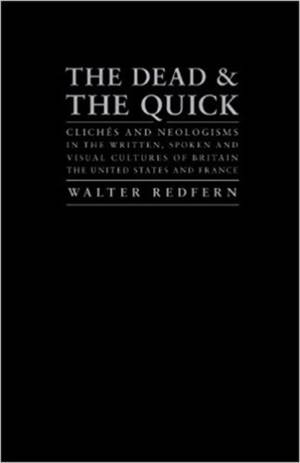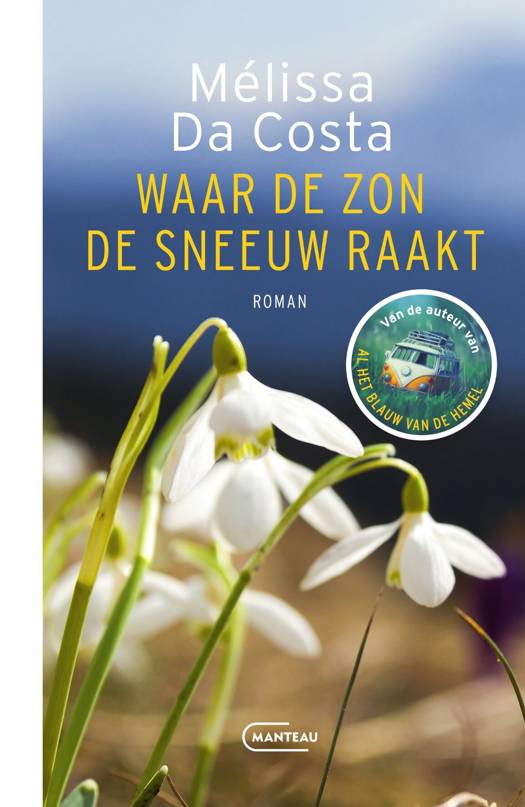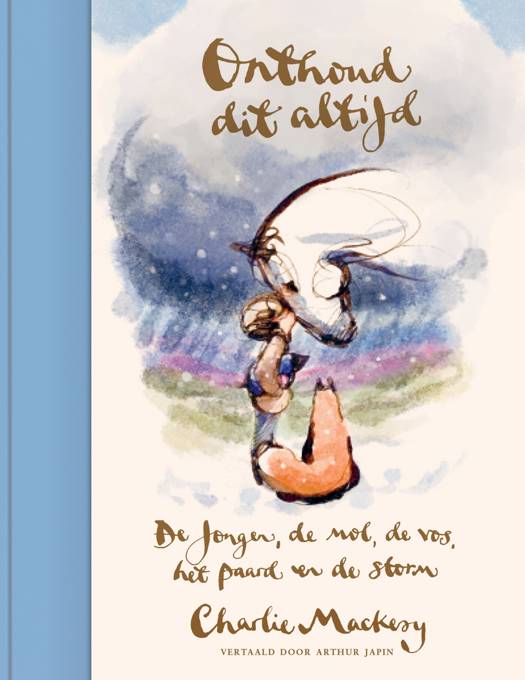
Je cadeautjes zeker op tijd in huis hebben voor de feestdagen? Kom langs in onze winkels en vind het perfecte geschenk!
- Afhalen na 1 uur in een winkel met voorraad
- Gratis thuislevering in België vanaf € 30
- Ruim aanbod met 7 miljoen producten
Je cadeautjes zeker op tijd in huis hebben voor de feestdagen? Kom langs in onze winkels en vind het perfecte geschenk!
- Afhalen na 1 uur in een winkel met voorraad
- Gratis thuislevering in België vanaf € 30
- Ruim aanbod met 7 miljoen producten
Zoeken
The Dead and the Quick
Cliches and Neologisms in the Written, Spoken and Visual Cultures of Britain, the United States and France
Walter Redfern
Hardcover
€ 50,45
+ 100 punten
Omschrijving
A study that focuses on the dynamic potentialities of language, whether via the reanimation of moribund ideas or by coinages from scratch. It analyzes such topics as: imitation, rumor, political correctness, jargon, euphemism, plagiarism, stereotyping (racial or otherwise), repetition, and caricature.
Specificaties
Betrokkenen
- Auteur(s):
- Uitgeverij:
Inhoud
- Aantal bladzijden:
- 324
Eigenschappen
- Productcode (EAN):
- 9781933146768
- Verschijningsdatum:
- 30/03/2010
- Uitvoering:
- Hardcover
- Gewicht:
- 688 g

Alleen bij Standaard Boekhandel
+ 100 punten op je klantenkaart van Standaard Boekhandel
Beoordelingen
We publiceren alleen reviews die voldoen aan de voorwaarden voor reviews. Bekijk onze voorwaarden voor reviews.









